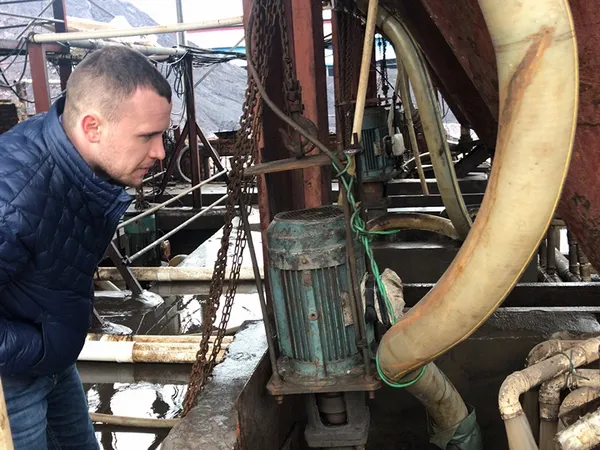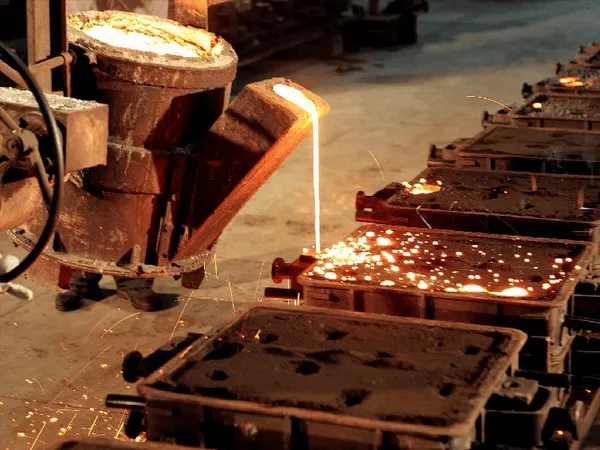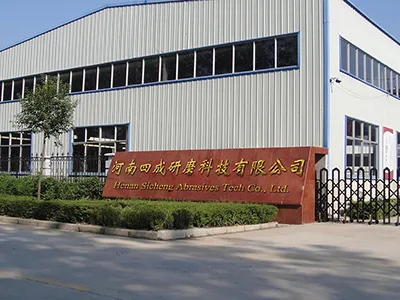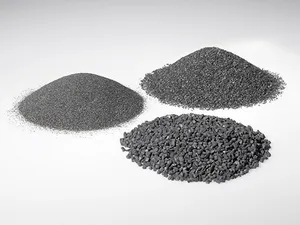
Customers often encounter challenges where the surfaces of their work pieces are contaminated with dyes, paints, rust, oxides, or other stubborn residues that are difficult to remove. These stains not only affect the aesthetics of the objects but may also compromise their performance and interfere with subsequent processing stages.

The working environment inside high-temperature kilns is extremely harsh. Prolonged exposure to high temperatures, corrosion, and oxidation can cause significant damage to the equipment, posing risks of explosions, fires, and other safety hazards.

Casting sand can be used to fill molds or create cores, allowing for the manufacture of metal parts in various shapes and sizes.
Our team of professional technicians visited the customer’s site for on-site consultations and recommended using chromite sand AFS40-45.

The customer needed clean, pure white fused alumina as a base powder material for producing ceramic membranes used in filtration. The ceramic membranes required high standards of purity, cleanliness, and particle size.

Founded in 1999, our factory has been specializing in abrasive production for over 20 years. Covering an area of 7,500 square kilometers, our monthly production capacity reaches 8,000 tons.

At Sicheng Abrasives, we utilize state-of-the-art laboratory testing equipment to maintain strict control over chemical composition, purity, and crystal structure.

Henan Sicheng Abrasives Tech Co., Ltd. was founded in 2010 as a technology-driven enterprise specializing in the production, research, development, and sales of a diverse range of abrasive materials, refractory materials, and foundry materials.

Brown fused alumina is produced by melting high-quality bauxite, iron filings, and anthracite in an electric arc furnace at high temperatures.

Zirconia fused alumina is produced by melting aluminum oxide and zirconium oxide in an electric arc furnace at temperatures above 2000°C.

Pink aluminum oxide or ruby aluminum oxide is made by aluminum oxide powder, which is electrically fused at high-temperature by adding appropriate amount of chromium oxide, etc.
Black silicon carbide is produced by smelting quartz sand, petroleum coke (or coal coke), wood chips, and other raw materials in a resistance furnace.